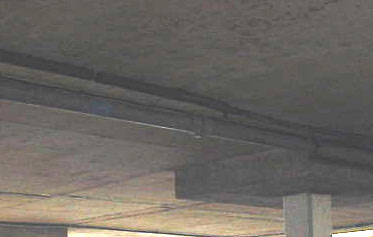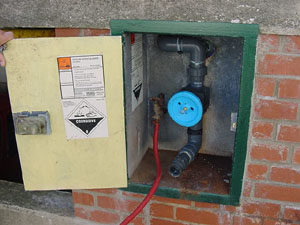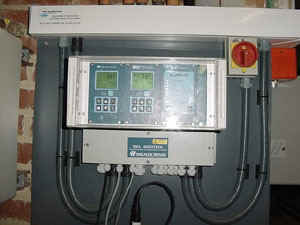Safety |
||
| WATER The Water Cycle Water in a Pool Water compared Pool Processes POOL PROCESSES CHEMISTRY IN OZONE DISINFECTION NEW IDEAS Hannah Morgan, University of Bristol, School of Chemistry, hm9921@bris.ac.uk |
Safety is a very important thing which must
be remembered at all times. The most important thing to consider is
oneself. When handling the sodium hypochlorite or the acid, it must be
remembered that they are corrosive and toxic. It is advised to wear
safety clothing too.
In some cases, eye protection must be worn. The other point to mention is that if the acid and hypochlorite meet, there will be a reaction which will result in the evolution of chlorine gas. This must be avoided at all costs. Consequently, the stores are located in different places and they are added at different times in the pool water treatment. The hypochlorite is passed through a pipe to reach the plant room.
The hypochlorite is pumped directly from the tanker in which it arrives to the storage tanks. This is the "tap" it is pumped in to.
It is important that the water is tested continually throughout the day. Tests should be carried out to determine the amount of chlorine in the pool, the pH and so on. The monitor below measures these in the plant room, but other tests should be carried out using the actual pool water itself. These are usually carried out qualitatively, and at least three times a day. A plant room monitor
|



